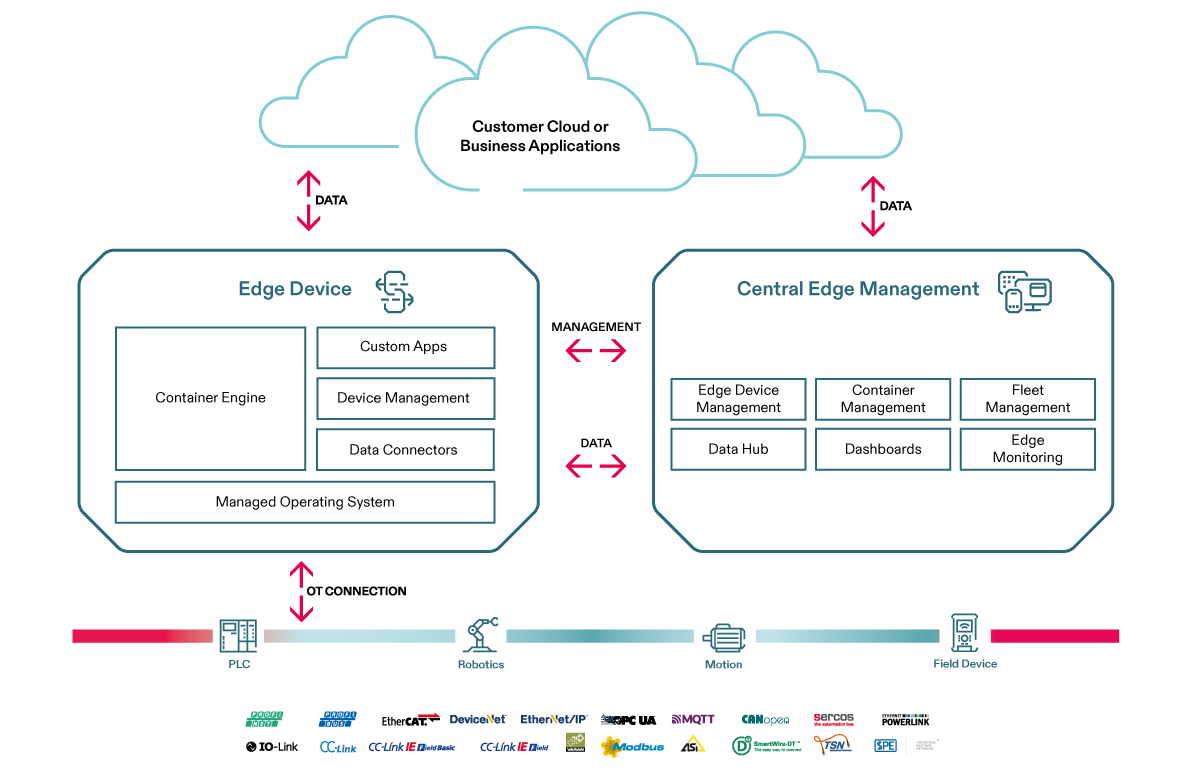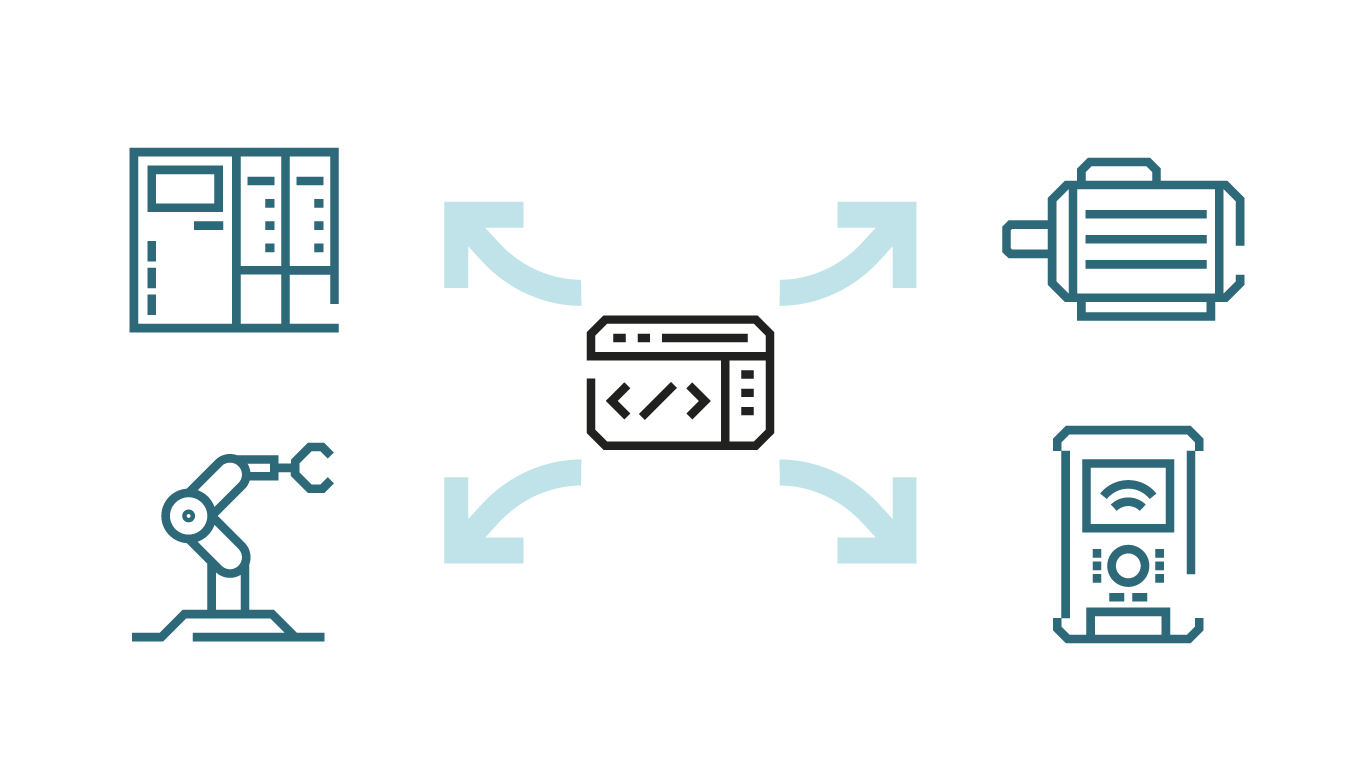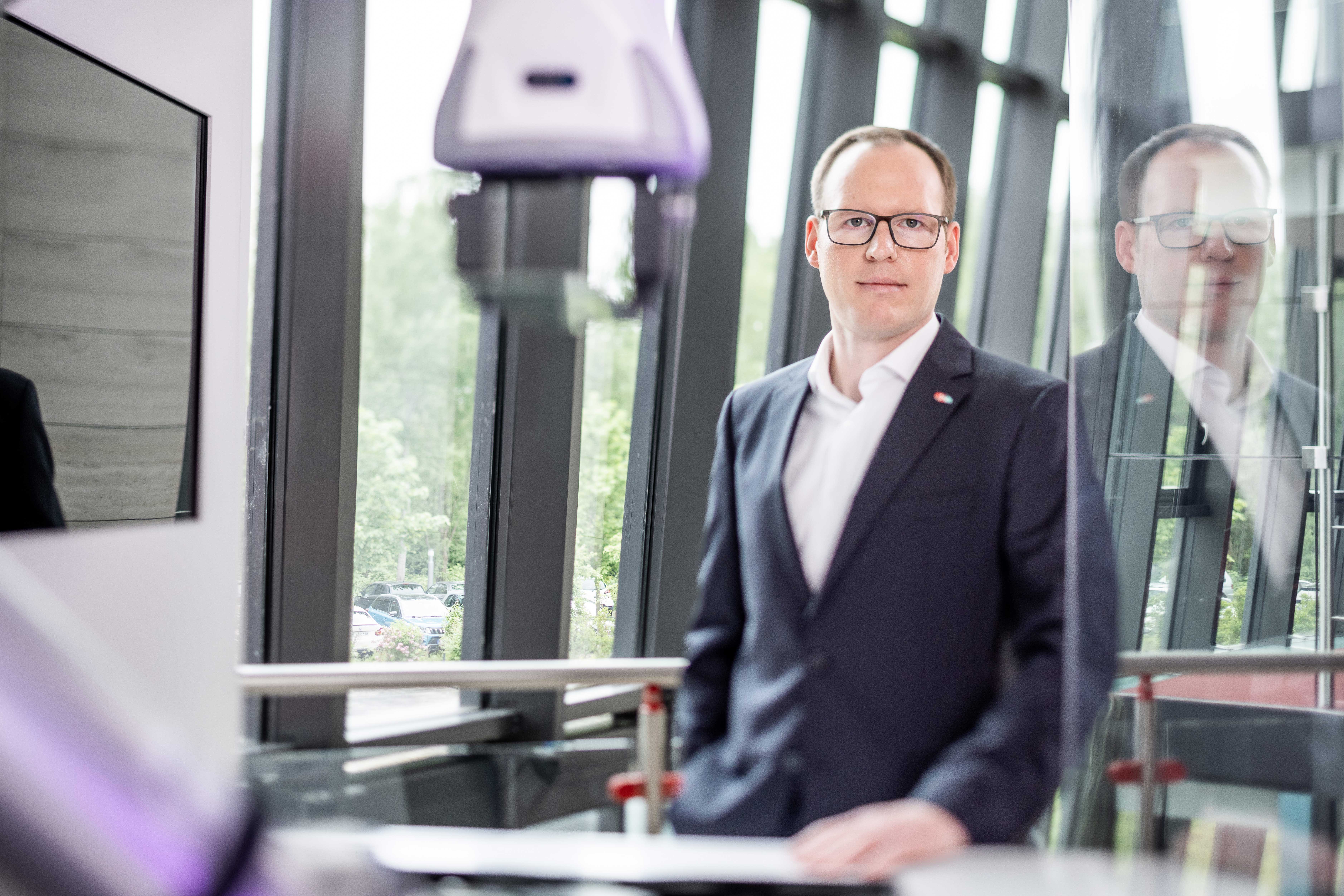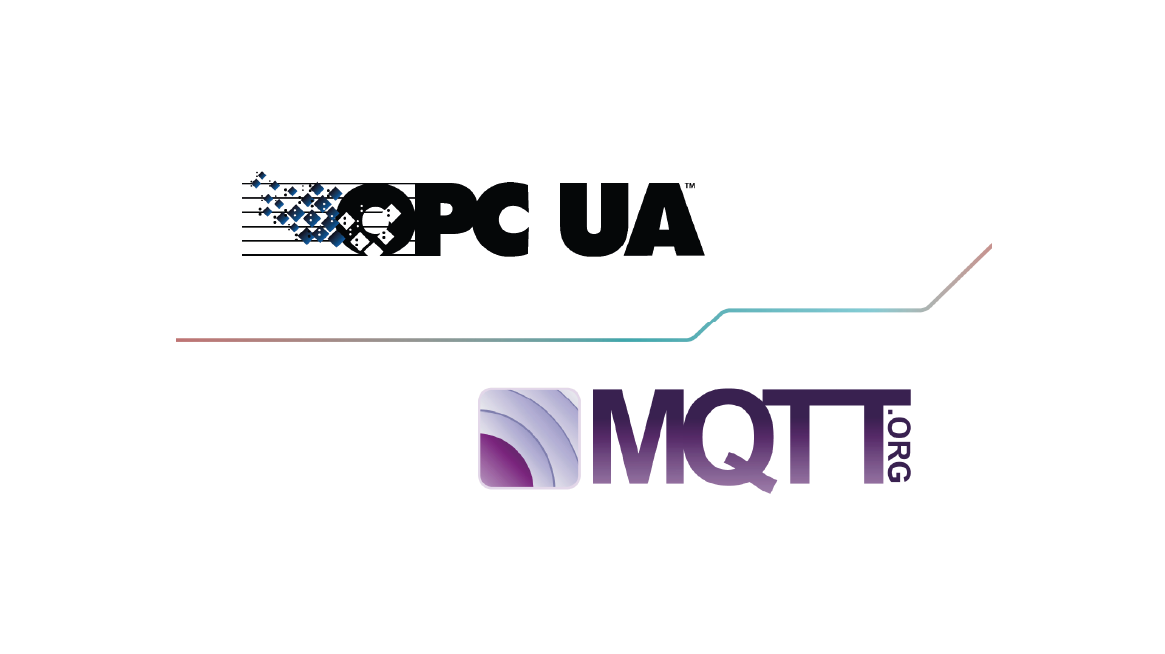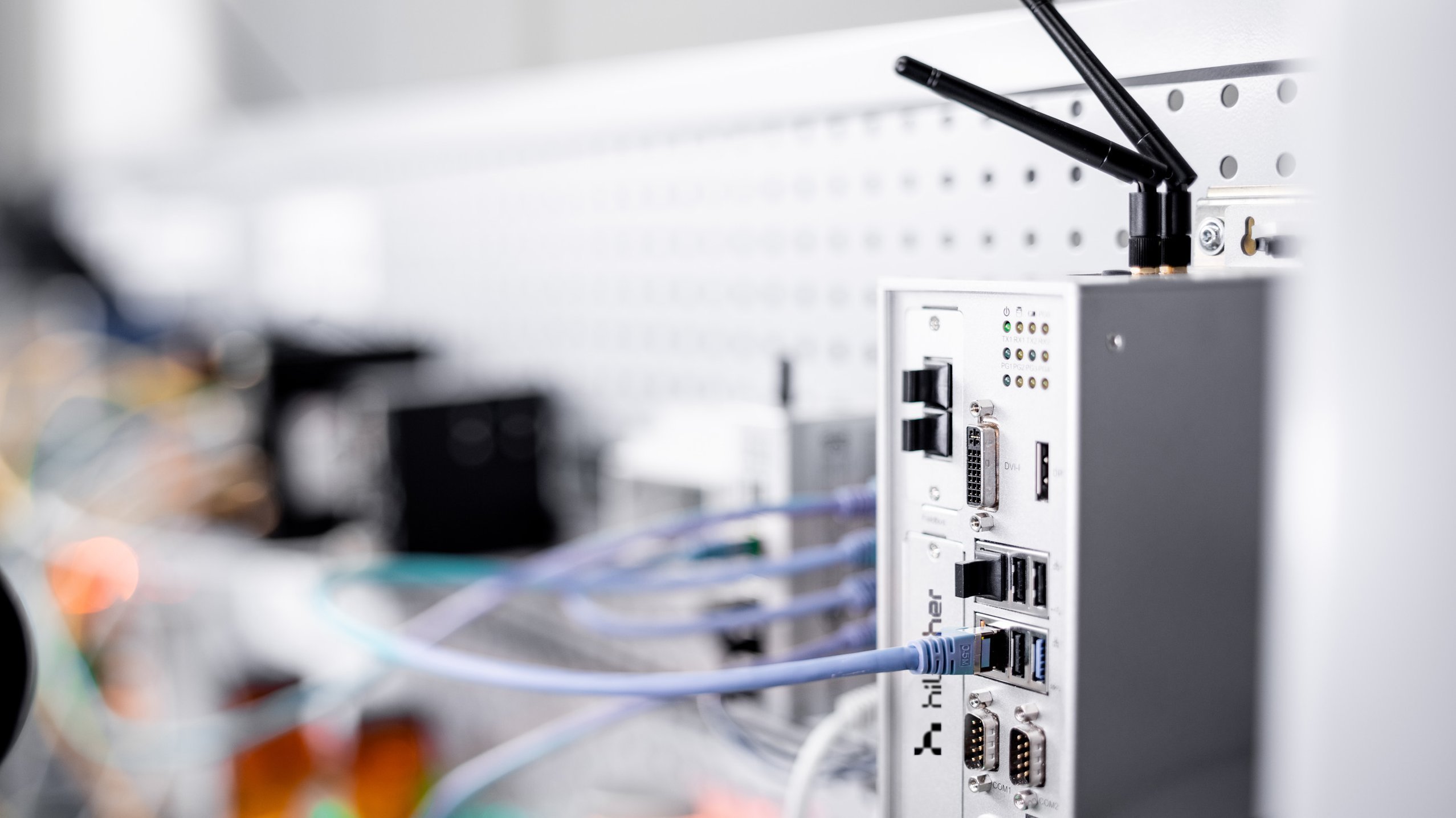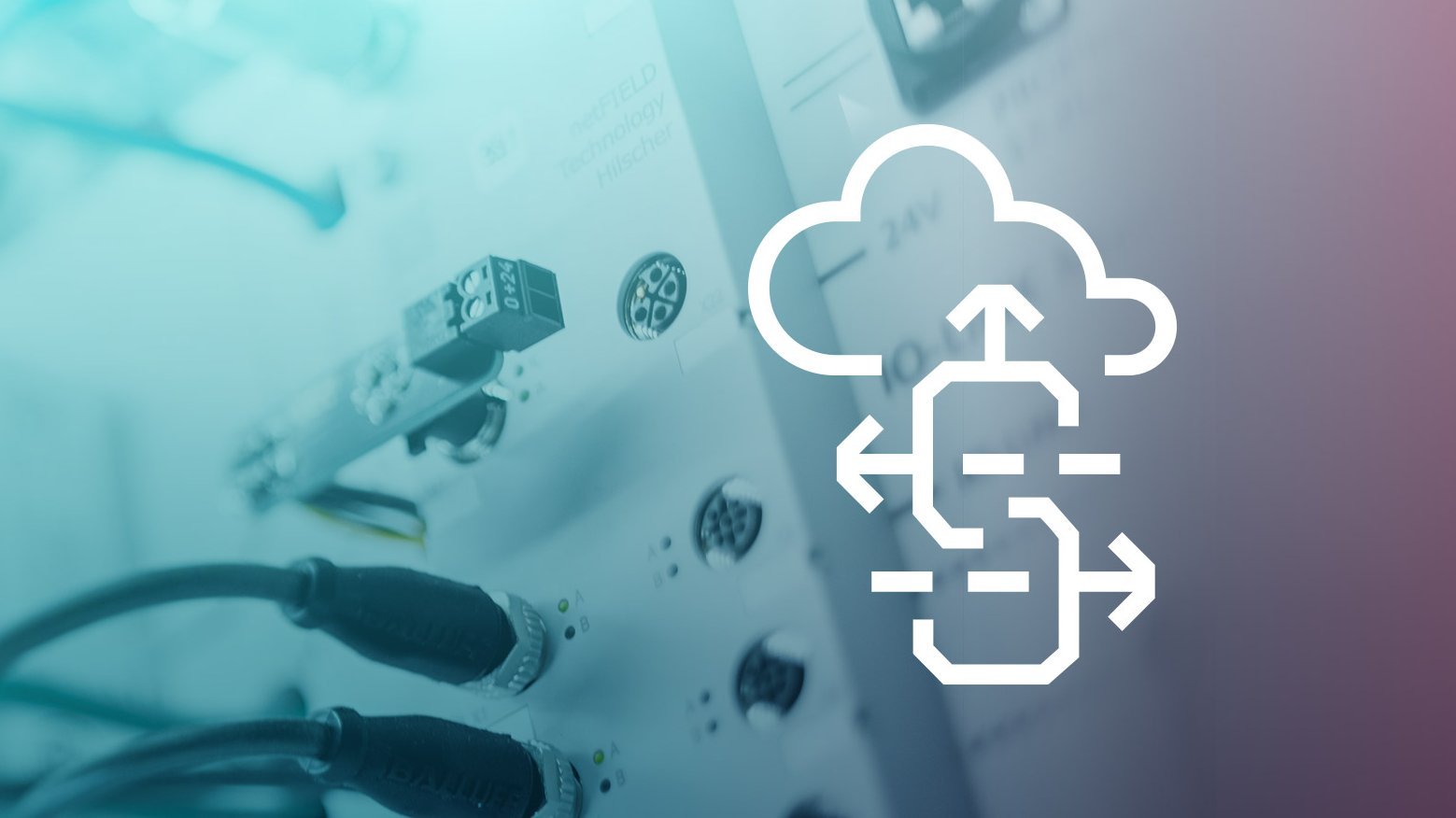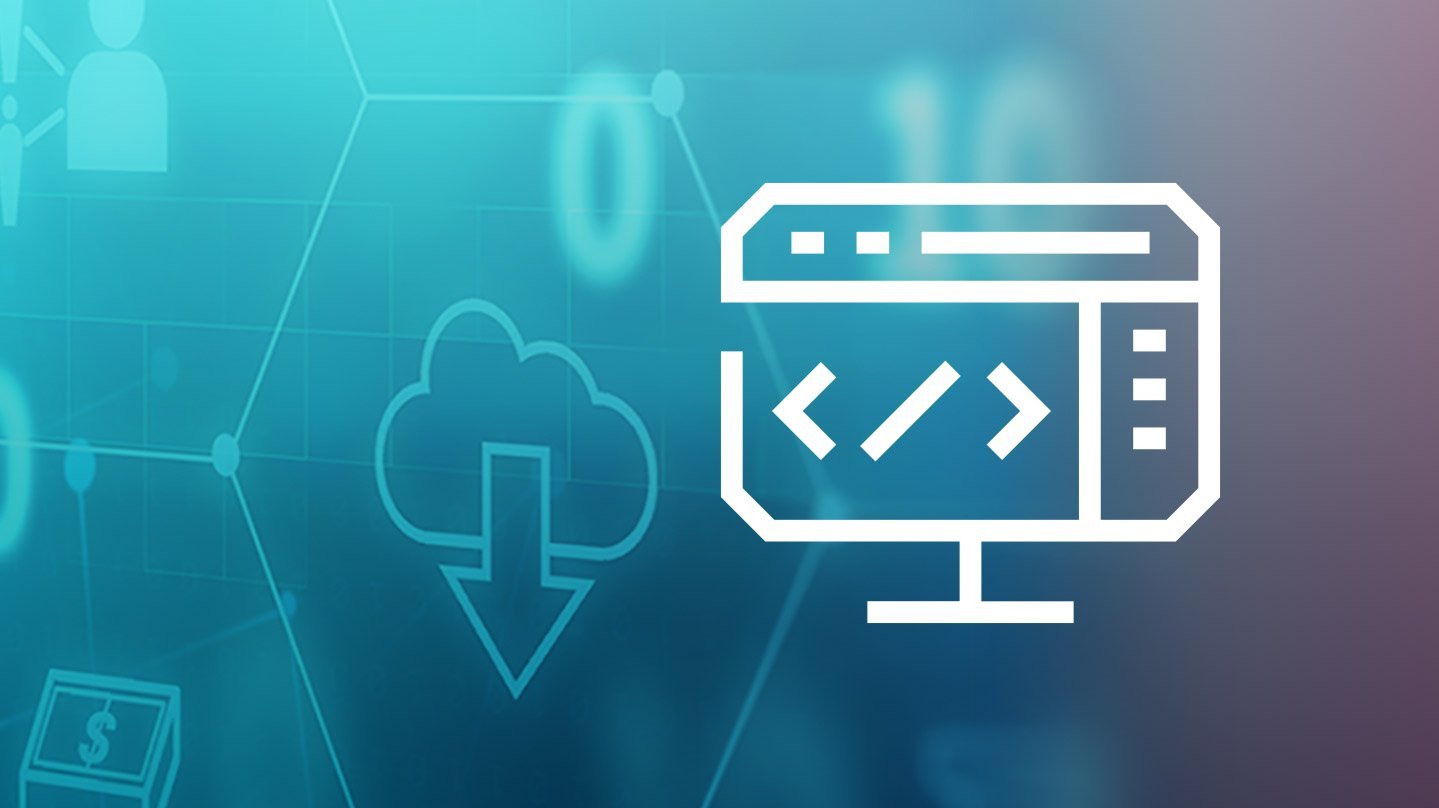Businesses today are under increasing pressure to stay competitive. Maximizing the potential of data is therefore crucial for machine manufacturers and plant operators. “It’s all about using data to achieve greater transparency and to increase productivity,” confirms Dr. M. Meyer. “Data can be used, for example, to consume less energy and resources and to generate less waste.” According to the Hilscher expert, the right data can also be used to offer machine-related services or even to devise new business models as part of IIoT and Industry 4.0. Systems produce much more data than most manufacturers put to good use. There is a whole trove of data just waiting to be used. “But to turn that potential into tangible benefits, the data must first be mined,” emphasizes Dr. M. Meyer. “Developing such solutions from the ground up to access data in short cycle times without creating a significant load on the networks is quite complex.”
Once the data has been made accessible, then the developing phase can begin. Applications are designed to turn the gained insights into tangible benefits. According to the IoT expert, this step is best left in the hands of the users: “The machine builders and plant operators know best which solution will really lead to benefits.”
Data processing in advance at the edge
When rolling out IIoT projects, it’s important to consider the scale of the data being collected: “It makes no sense to send all raw data over the Internet,” the Hilscher manager emphasizes. The data needs to be preprocessed on the machine at the edge: “This is where the data is aggregated and processed, so that only the relevant results are then forwarded.” For Dr. M. Meyer, that means: “The data doesn’t go to the software, the software goes to the data. “We have a different update cycle today,” explains Dr. M. Meyer. Software updates are released every few weeks for feature enhancements, bug fixes, or to improve cyber security.
Configuration changes are also performed via software updates. “Customers can decide at a later date to use services and activate them remotely,” adds the Hilscher expert. In his view, it is unrealistic to expect technicians to travel to the machine when customers are scattered around the world: “Machines need to be monitored and kept running remotely.”

